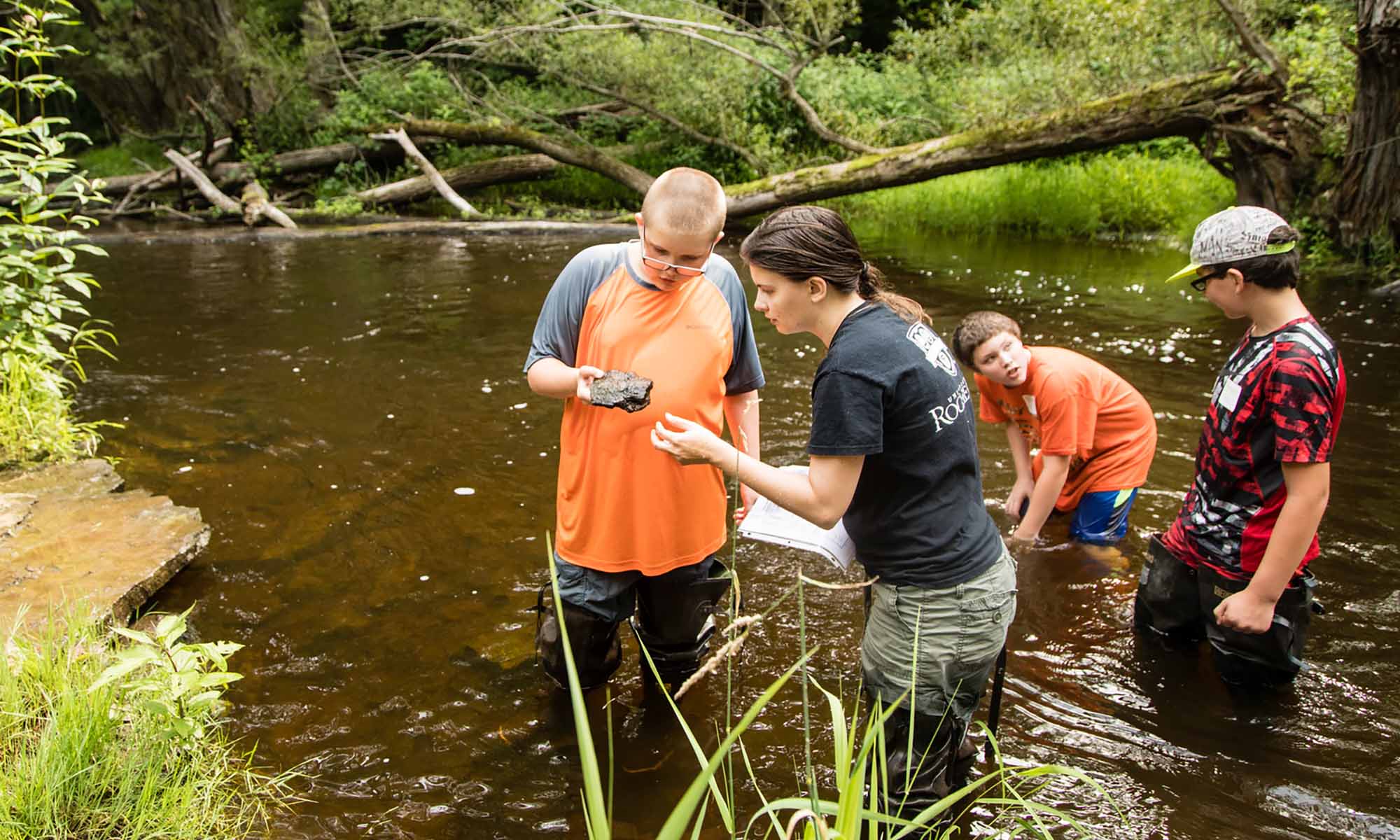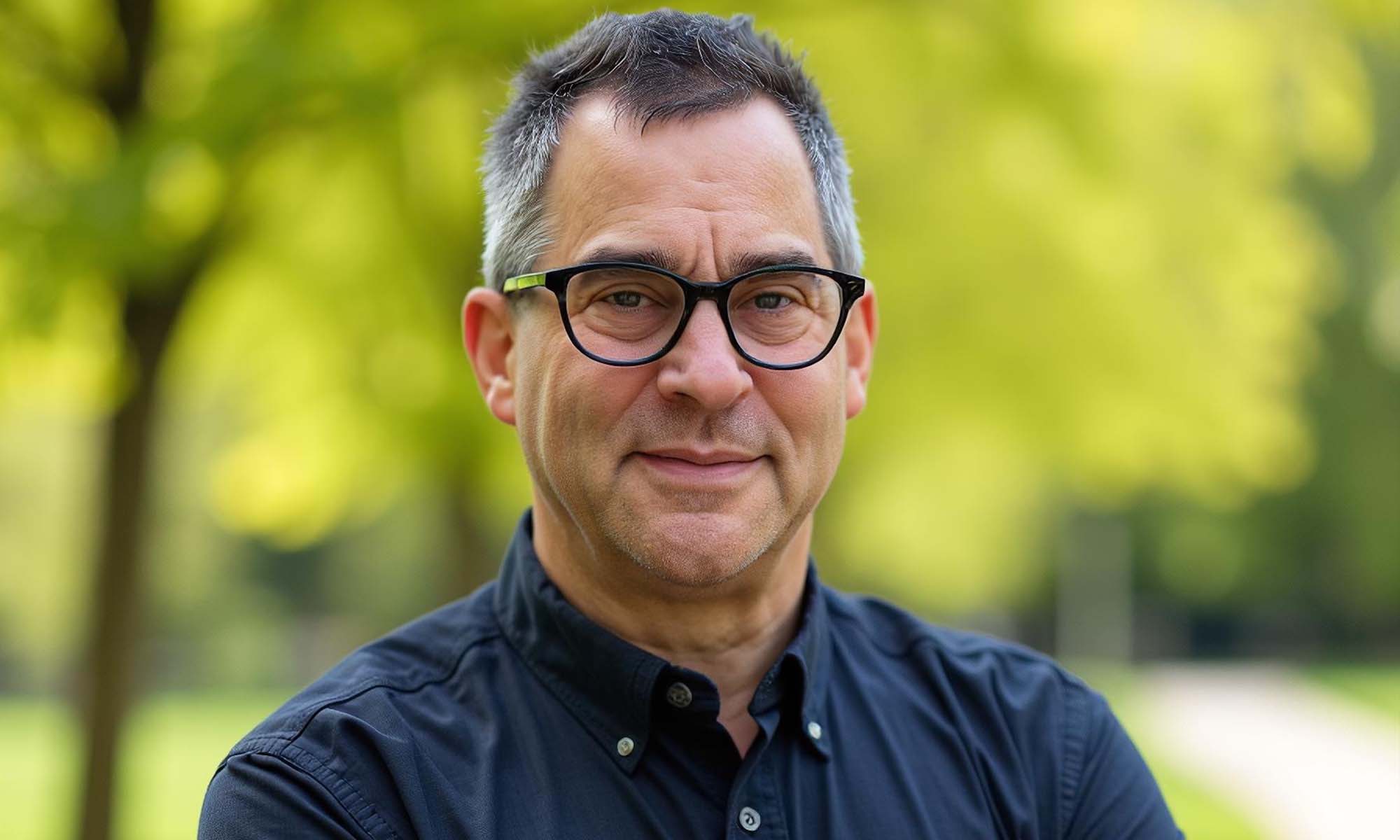
Society & Culture
The stories behind Hanukkah’s signature fried foods
Hanukkah foods include latkes and fried jelly donuts. Professor Nora Rubel explains how such dishes carry meaning beyond the kitchen.

What good is the research university? At the University of Rochester, the answers get ever better.











